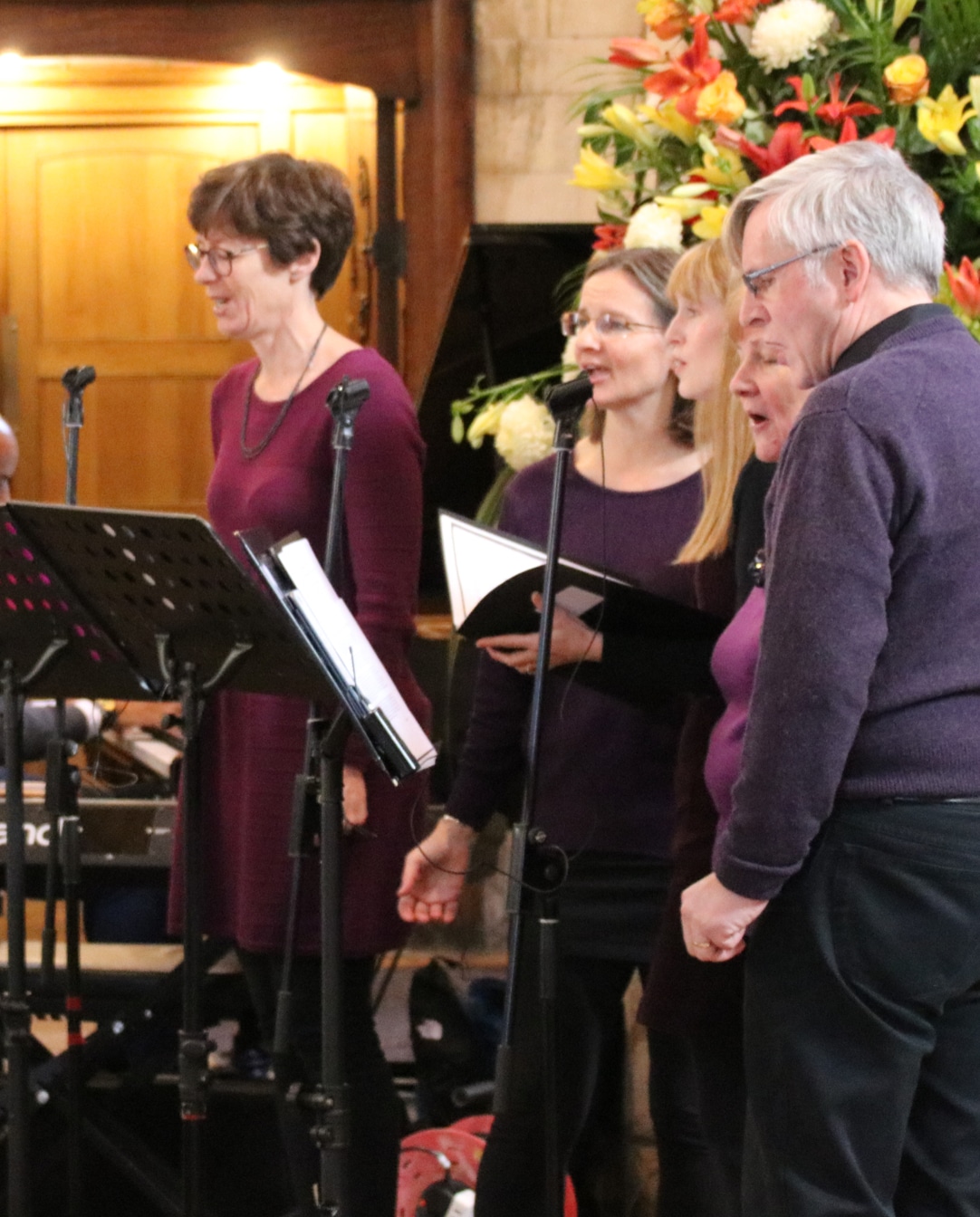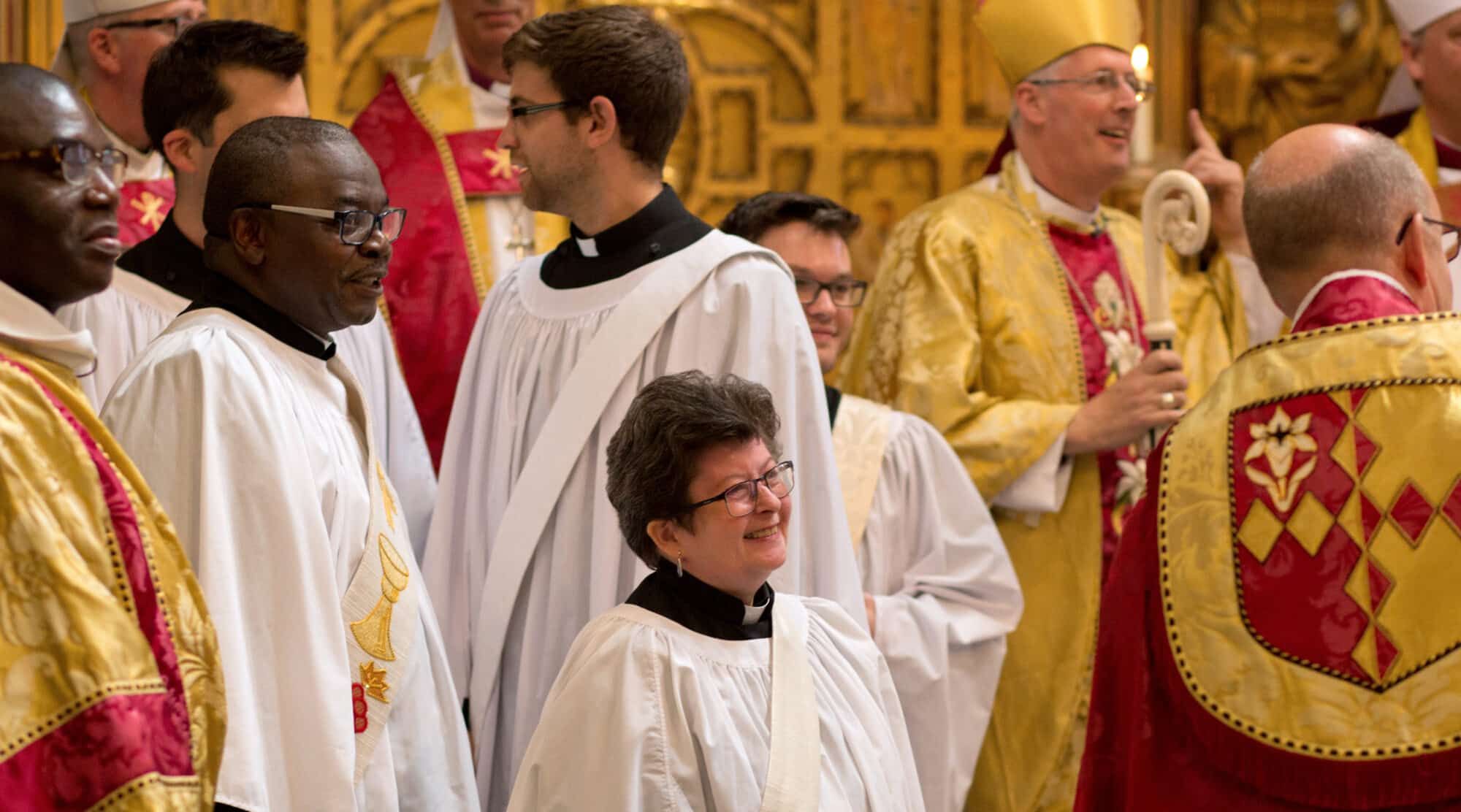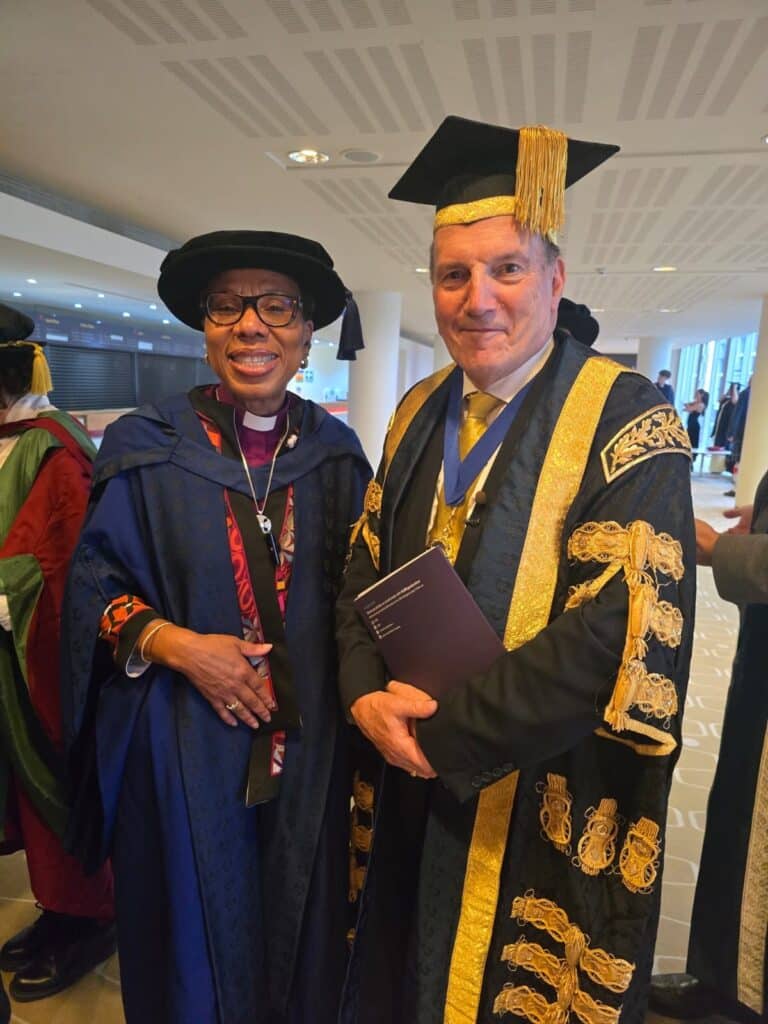During summer, now is the time to start considering what to do when your church heating breaks down. This gives you time to plan carefully and to budget for replacing the existing system. Planning for the future allows time to understand your needs, to obtain independent professional advice on what system would be best, to engage with the DAC and to apply for permissions, to find ways to finance the installation, and to implement your plans in a timely and smooth way.
The future of church heating must be sustainable: in the face of the climate emergency, heating must be environmentally sustainable, but also financially sustainable. Recent winters have been particularly tricky for high energy costs, and parishes have had to take difficult decisions. When considering a new system, parishes will need to ask themselves: can we afford to run a system (even if we can afford to install it)?
At the same time, the heating is there to serve the building’s users, and so it must sustain the ongoing ministry and mission of the parish, not to deflect from it nor drain it away. ‘Decarbonising’ the heating of church buildings is a marathon not a sprint, and planning well ahead will allow for a sustainable journey towards a net-zero carbon future. This will likely involve various phases: for example to replace your heating system only when the existing one breaks down (and not before), and to consider other improvements like roofing insulation only once the existing roof needs replacement or major repairs. There is no ‘one size fits all’ solution, and each parish will need to work out the ‘right’ answers for its own church building. We are encouraged by the work many churches are already doing, including through the Give to Go Green projects.
St John’s Waterloo completed a major building project, which has involved substantial improvements in the crypt (electric infra-red panel heaters, LED lighting, insulation, draught proofing and double-glazing of the windows) combined with more modest efficiency works in the worship space, which remains heated through the existing radiators, by new (more efficient) gas boilers, and with new heat-pump-ready pipework to enable the church to switch to a lower carbon option in the future.
In order to be sustainable in a climate emergency, we must be prepared to change. One of the biggest ways to heat sustainably is not simply to carry on as before. Parishes should find ways to reduce heat-loss from their buildings, and to make their systems more efficient through improved control systems. New technologies like heat-pumps and ‘intelligent’ controls may need to be embraced, as well as new concepts such as moving away from ‘space heating’ (heating the whole space inside a building) to ‘people heating’ (directly heating only the areas where the building is used by people). Creative solutions may mean installing more than one type of heating system: for example, could the church vestry, if used regularly as a parish office and meeting room, have a small heat-pump system fitted (ideally alongside ceiling/wall insulation and secondary glazing to the windows)?
Climate change is leading to warmer summers, and more frequent over-heating, so will you need to consider air-conditioning for your church building as well (in which case, air-to-air source heat pumps could offer a solution for also cooling down your church or hall in a summer heatwave).
Some good news about switching to low-carbon heating systems: grant-funding bodies are increasingly giving their support to community and heritage buildings so that they are able to afford such installations. To fund new air source heat pumps at St Laurence’s Catford, alongside generous donations from the congregation and community, the church obtained grant-funding of over £170,000. London Community Energy Fund alone provided £50,000, alongside the Garfield Weston Foundation, the Valencia Communities Fund, the Listed Places of Worship Grant Scheme, the Kirby Laing Trust, and the Mayor of Lewisham’s Clean Air Fund.
The starting point for a plan towards sustainable church heating is make use of the ChurchCare online resources (guidance notes, webinars and case studies), as well as to seek advice from your Archdeacon, your church’s Quinquennial Inspector, and the DAC.
Find out more: www.churchofengland.org/resources/churchcare/advice-andguidance-church-buildings/heating
Luke Tatam
Diocesan Advisory Committee (DAC) Secretary













